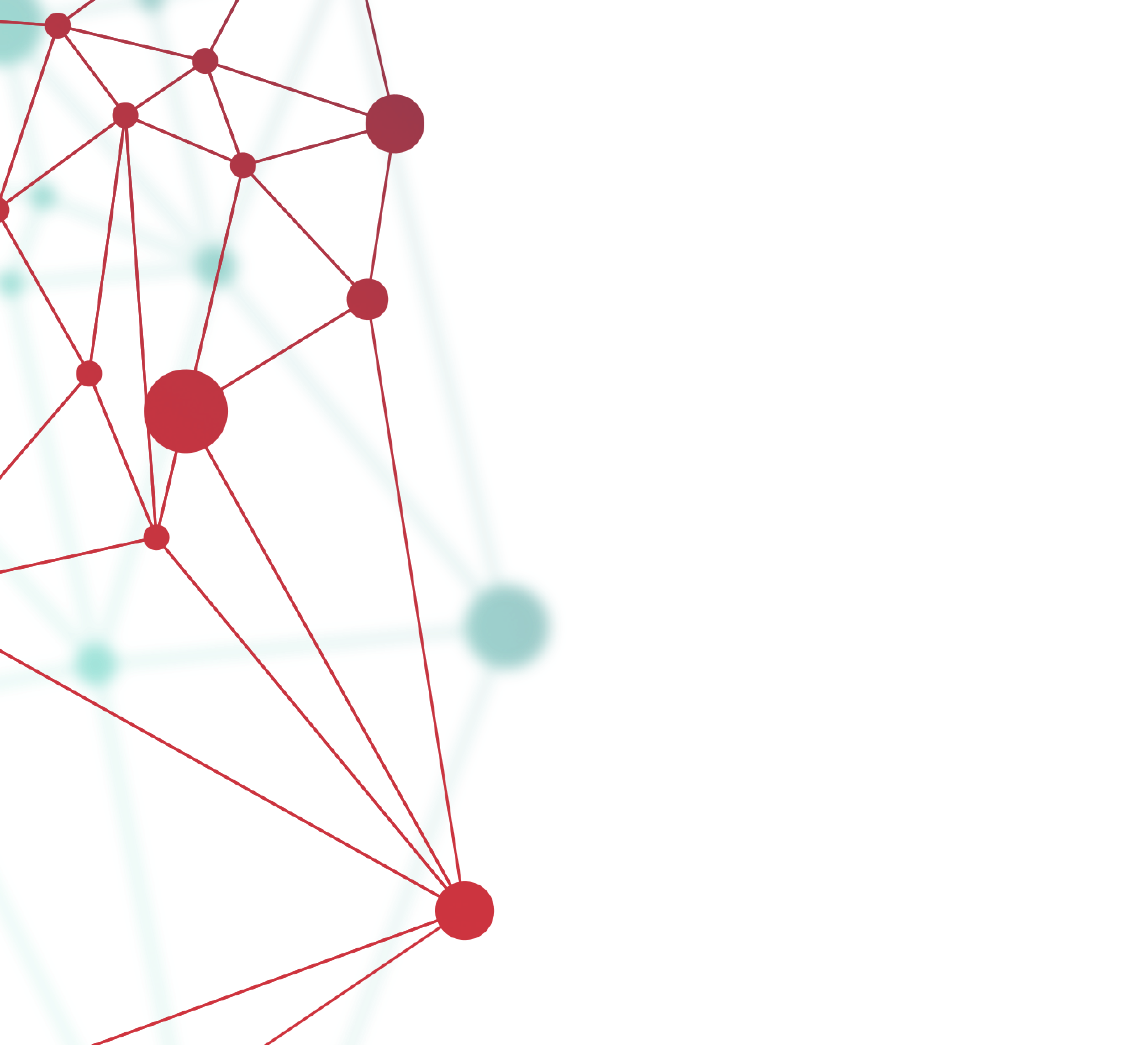CareerBrain™ was developed by the York University School of Continuing Studies.
The School of Continuing Studies is a diverse community of students from over 90 countries who are united by a shared sense of purpose: achieving personal and professional growth in a rapidly changing career and educational landscape. Our ability to offer accelerated, accessible and innovative programs that prepare our students to adapt and lead in response to this change has made us the fastest-growing school in Canada.
Our Story
Codesigned and delivered by senior industry leaders, our professional programs feature experiential learning methods that help students develop career-specific technical skills and robust cross-functional expertise.
We have partnered with Lightcast, the world’s largest and most sophisticated database of labour market data and talent. Their AI-powered technology will help you to find pathways to in-demand jobs now and in the future.
What is CareerBrain?
CareerBrain is a data-driven career navigation solution that enables the Canadian workforce to advance in the new career ecosystem by providing users with a holistic view of their career options. Users can assess their current skills, learn about in-demand roles, and explore new possibilities in adjacent roles. CareerBrain provides users with a comprehensive list of upskilling and reskilling education credentials by accredited universities that are developed in partnership with industry leaders.
How does it work?
Using the world’s largest labour-market database, CareerBrain maps a user’s current skills and experience against real-time job market data to reveal tangible career options.
CareerBrain’s powerful algorithm offers users a comprehensive view of their career options matching their experience and transferable skills to in-demand roles, adjacent roles and non-intuitive career paths. The solution provides a road map for users by identifying and analyzing their unique skill set including their transferable skills, expected and unexpected options for career paths and the programs required to get there. CareerBrain complements a user’s innate curiosity and passion by providing them with robust insights to enable them to make sound decisions, propel them into their next role and bring their future into view.
CareerBrain™ is powered by data from Lightcast.
They have cracked the genetic code of an ever-changing employment eco-system. Powered by the world’s largest and most sophisticated database of labour market data and talent, they deliver real-time data that inform careers, academic programs, and shapes workforces.
About Lightcast
Lightcast data identifies the skill gaps that keep job seekers and employers apart and the tools that will enable both sides to bridge that gap and connect more easily.
Lightcast data identifies the skill gaps that keep job seekers and employers apart and the tools that will enable both sides to bridge that gap and connect more easily.
How is this data collected and processed?
Lightcast has developed multiple solutions to access a comprehensive database of demand and supply data on both a national and regional level. Unlike conventional options, it gives analysts, educators, career development professionals and policy makers access to deep, skill level insight – not just national level reports by O*NET or NAICS. That said, our proprietary data is fully cross walked and mapped to the O*NET/NOC and NAICS taxonomies. It also offers our customers the ability to get far more meaningful insight into jobs by empowering users to unpack broad occupational insights, moving from O*NET/NOCs into far more granular and impactful occupational classifications using our proprietary occupation and skills taxonomies.
Every day, Lightcast collects millions of online job postings from more than 44,000 web page sources (e.g. job boards, employer sites, public agencies, staffing agencies etc.). Once the information is aggregated, we use our patented technology to mine and code detailed data from each job listing describing the specific skills, skill clusters, education, certifications, experience, and work activities required for the job, as well as information about salary, number of openings, and job type – not just occupation and industry codes within 48 hours from data collection.


